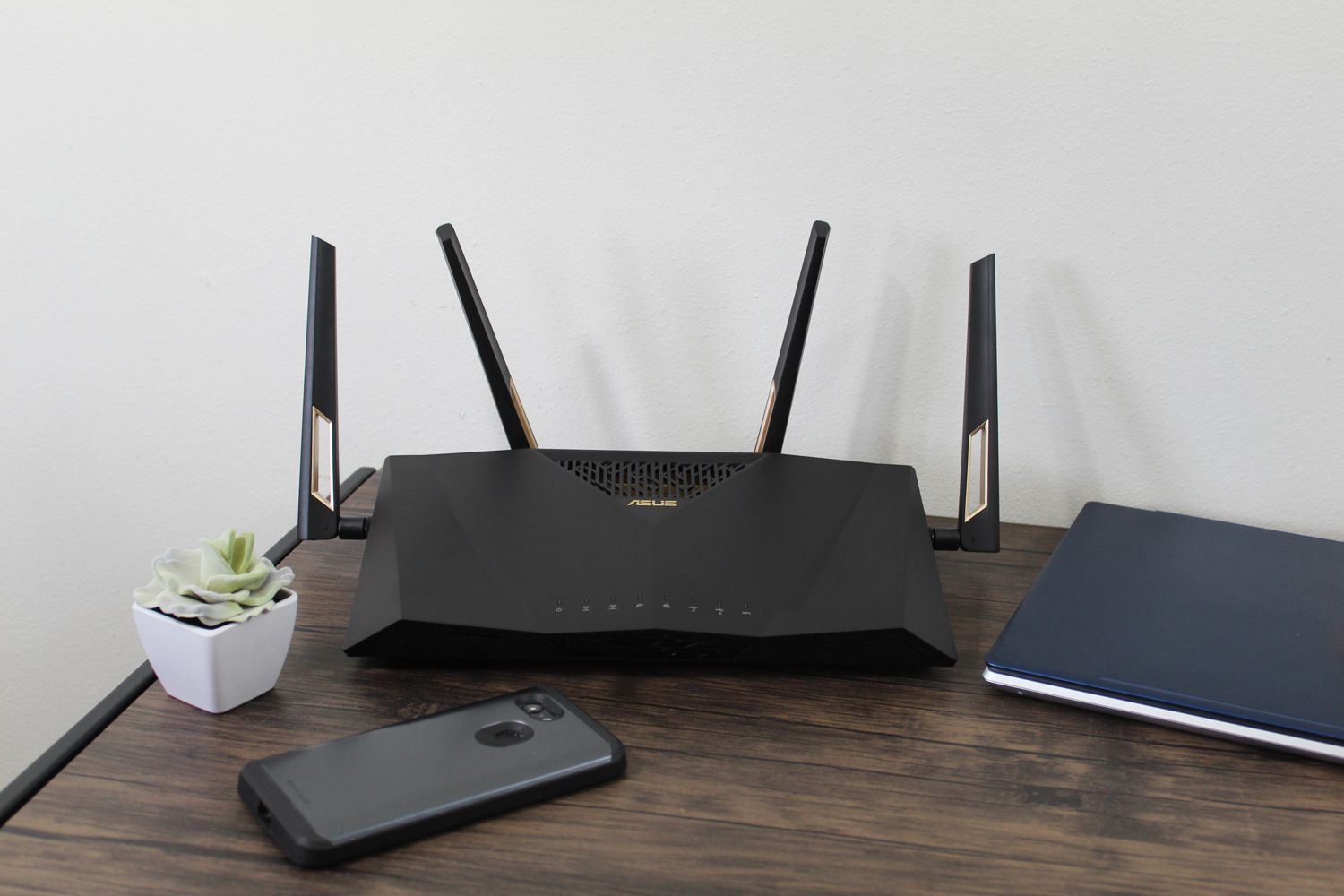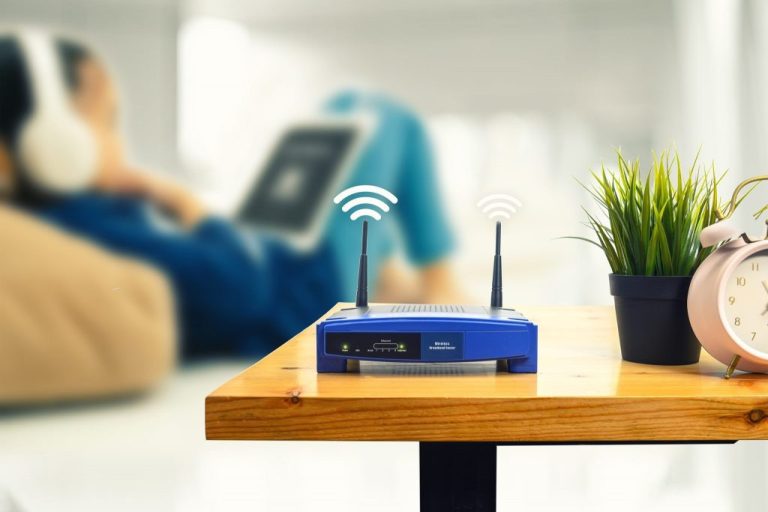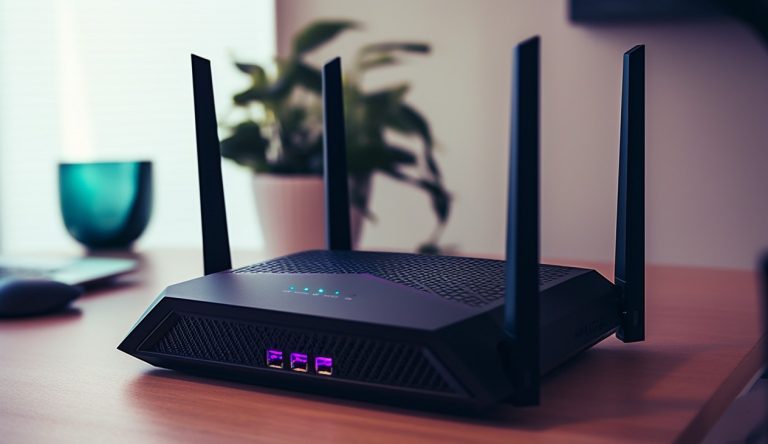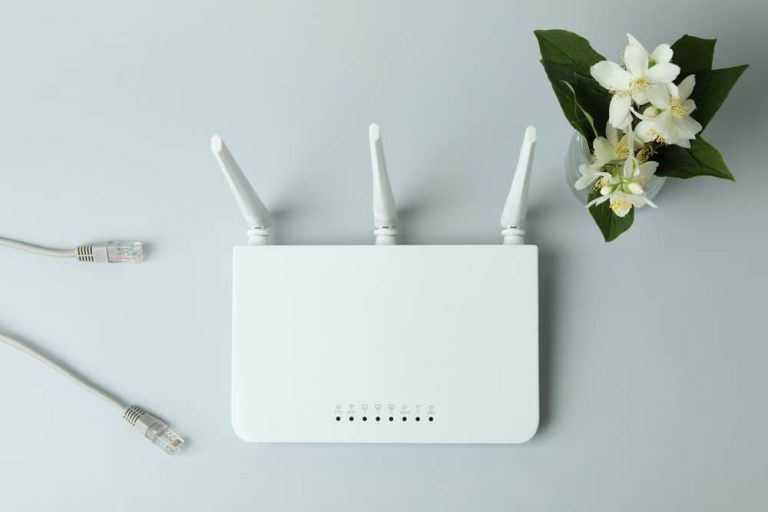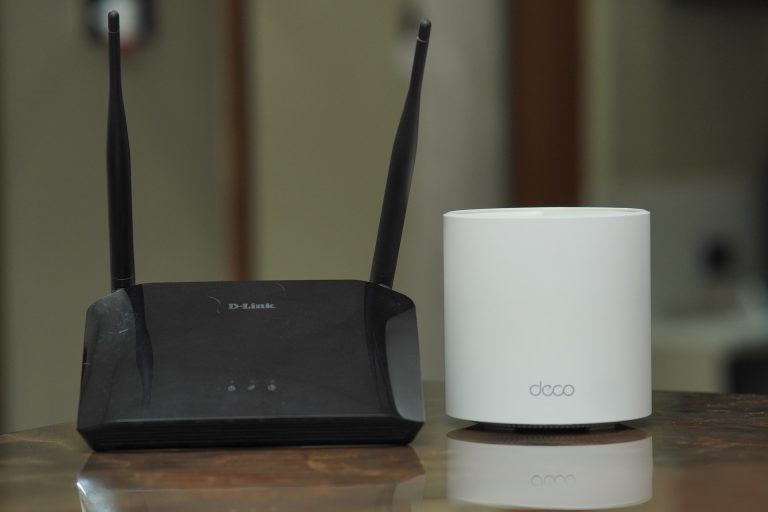How to Power Cycle Router and Modem (Steps by Step Guide)
Are you tired of your internet connection slugging as you surf the internet? Are you frustrated by a slow internet connection? You’re not alone.
Welcome to the world of router rebooting, or as we like to call it, “power cycling.” It’s the ultimate refresh button for your digital life, and it can transform your online experience from a buffering nightmare into a seamless surfing adventure.
In this article, we’ll dive into how you can power cycle your router step by step and why you need to reboot your router frequently.
What is a power cycle?
A power cycle is the process of turning your router off and then back on again. This action cuts off the power supply to the device, allowing it to reset and start fresh when powered up again.
A power cycle clears any temporary glitches or errors that may have occurred in your router operation. It’s similar to restarting a computer to resolve software issues. When you power cycle your router, it can often eliminate problems like slow performance, unresponsiveness, or connectivity issues.
Power cycling can be a quick and effective way to restore your router’s normal functionality without the need for you to explore more complex troubleshooting options. It’s a simple yet powerful technique that can be useful in everyday situations when your router isn’t performing as expected.
How to Power Cycle Router
First, start by disconnecting the power cable from your router. After unplugging, wait for 2-3 minutes.
You can wait longer if you want to, but 2-3 minutes should be enough time for your router’s network to fully refresh. Finally, plug the power cable back into your router. And that’s it. You’ve power-cycled your router. Your router is now clear of any digital cobwebs.
Why You Should Power Cycle Your Router
When your router works overtime, your network might get stuck in traffic, causing your network to be faulty. Therefore, when you do a simple reboot on your system, you allow it to refresh the network.
Here is why a power cycle can help:
Clear temporary glitches
Routers, like any electronic device, can experience temporary glitches in their operation. These glitches can lead to connectivity issues, slow performance, or other problems. Power cycling allows your router to start fresh, clearing these glitches and resolving the issues it was having.
Refresh connections
Over time, multiple devices connect to your router, and sometimes these connections can become congested increasing the traffic in your network. Power cycling clears all active connections, giving your router a clean slate to establish fresh connections.
Boost router memory
Routers have limited memory and processing capabilities. Therefore, when your router’s storage is used up, your network slows down. Power cycling can help clear the router’s memory, ensuring it operates at peak efficiency.
Resolve network conflicts
Power cycling can resolve conflicts and issues related to IP addresses, DNS, and other network settings. It’s a simple way to reset these configurations to their default, stable state. Your router goes back to functioning once you power cycle it.
When Should You Consider Power Cycling Your Router?
Knowing when to pull the trigger on a power cycle can be a game-changer. Therefore, you should consider power cycling your router when you notice specific signs or encounter certain situations that indicate it might be necessary.
Here are some scenarios when it’s a good idea to perform a power cycle on your router:
Slow internet connection
Normally, the internet becomes slow when you have high traffic on your router’s network or there are issues with your service provider. If your service provider is working fine and there isn’t heavy traffic on your network, but you still have slow internet, consider power cycling your router.
Faulty and unstable connectivity
When your devices frequently disconnect from the Wi-Fi network or experience connectivity issues, power cycling can help stabilize the connection. Additionally, if you are having trouble connecting some devices to your router, a power cycle can often resolve this.
Frequent drops in your internet speed speed
You can sometimes realize that your internet connection is dropping at specific times of the day. If you notice this and it keeps happening frequently, then try to power cycle your router, it may resolve this issue.
When your router becomes unresponsive
When your router becomes unresponsive or completely non-functional, consider a power cycle to get the router back on track. Additionally, your router has LED indicators that display information about the router’s responsiveness. If your router’s LED lights are signaling problems, such as connectivity issues, a power cycle can often fix these issues.
After a firmware update and configuration changes
If you’ve recently updated your router’s firmware, power cycle the router to ensure the new firmware is functioning correctly. You should also power cycle your router when you’ve made significant changes to your network configuration, like port forwarding or DNS settings, to help implement these changes effectively.
Regular maintenance
Even when your router isn’t having any issues, you should power cycle it periodically to maintain its smooth functioning. Plus, if your area experiences power outages or voltage fluctuations, power cycling your router is a good idea. You will be able to maintain your router and keep it free from network glitches.
How to Prevent the Need to Frequently Power Cycle Your Router
No one wants to play the power cycle game more often than they should. So, if you want to avoid this, you have to do frequent maintenance on your router.
First, make sure you keep your router updated with the latest firmware. Then, ensure your router is in a well-ventilated area to prevent overheating, and lastly, don’t overload it with too many devices.
If you follow these simple steps, your router won’t need a power cycle now and then.
What to Do If Power Cycling Doesn’t Resolve Your Issues?
Power cycling is your trusty tool for fixing many router-related problems, but it’s not a one-size-fits-all solution. In rare cases, your router may have more complex issues that require professional attention.
First, start by checking the firmware version your router is using. Outdated firmware often causes connectivity issues. Log into your router manufacturer’s website and install the latest version available for your router’s model.
A second option would be to communicate with your ISP. Carefully explain the problem you are having with your router. They will guide you through the steps to restore your internet connection.
As a last option, consider factory resetting your router. However, be careful when you factory reset your router since you will lose any custom settings you have on your network.
Conclusion
Power cycling is a handy trick that can help fix multiple issues your router might be having. It’s a straightforward and effective method for breathing new life into your router.
So, the next time your router experiences slow connections or errors, simply power cycle your router to get things back up and running.
If a power cycle doesn’t fix your router issues, you can then consider doing a factory reset but be aware that you will lose any custom settings you had.
